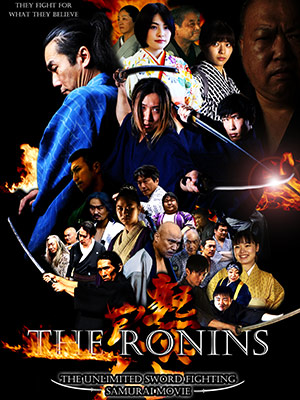34th post town of Nakasendo Road.
10 days from Edo, and 10 days from Kyoto.
Narai-juku was one of the post towns on Nakasendo Road officially ruled by Edo Government and situated exactly between Edo and Kyoto. As it retains a historical row of Edo Period houses along the street, it was confirmed as a Cultural Asset in 1978 and is maintained by the government grant system. The conservation area extends about 1km north to south and about 200m east to west along the environs of the old Road. There are shrines at the both north and south end, as well as five temples among the row of the houses. In Nakamachi, the road is at its widest and here stood the Honjin, where the feudal lord stayed during Daimyo parade, and Wakihonjin, where his subordinates stayed. Also, in this area the houses have very wide doorways. Many comb-makers or lumberjacks, and craftmen lived in Kamimachi and Shimomachi.
The Tori Pass to south of Narai was considered one of the most difficult pass to go though on the Nakasendo Road. Narai-juku prospered because travelers rested and stayed there in order to prepare for crossing the pass. The buildings are unique in that the second floor overhangs the first, with eaves sloping further to overhang the entire buildings. Most of the roof now have steel sheets, but originally they were wooden slates held down by rocks.
There are many traditional houses which built in Edo period, and most of them are still in use as house. Some of hotels are still open. So, you can enjoy staying the real Edo style traveling.
Some of houses are also used as restaurants, gift shops and food stands.
There are 5 temples and 2 shrines which remain since Edo period. Great painting of Dragon at Chosenji is popular spot in Narai-juku.
There are 3 areas in Naraijuku: Kamimachi, Nakamachi, and Shimomachi.
Kamimachi is located Kyoto side of Narai-juku. There are many traditional houses, including Nakamura house. Nakamura House is the museum which you can see the real remaining Edo style house.
Nakamachi is the center of Narai-juku. The houses of Nakamachi are mostly warehouses, therefore, there are many large and great houses remains.
Shimomachi is the located Edo side of Narai-juku. Many craft workers used to live this area.






